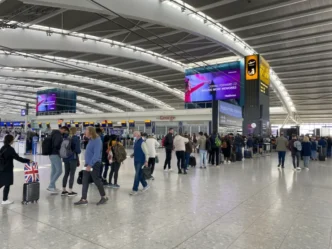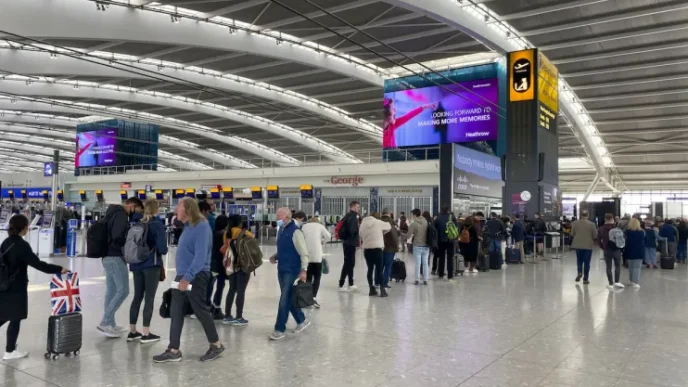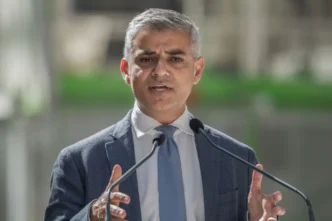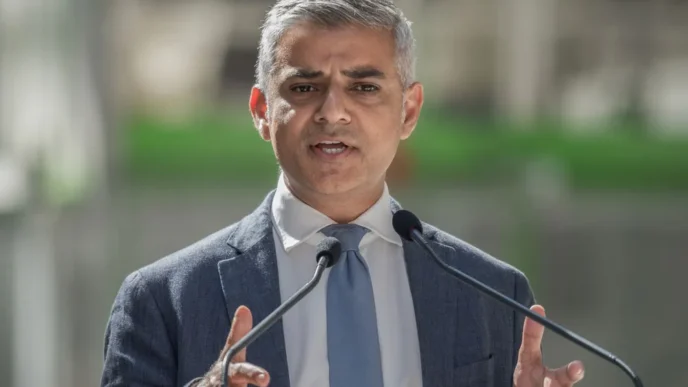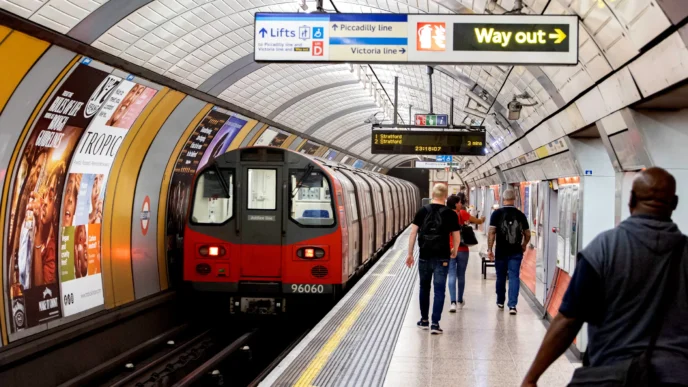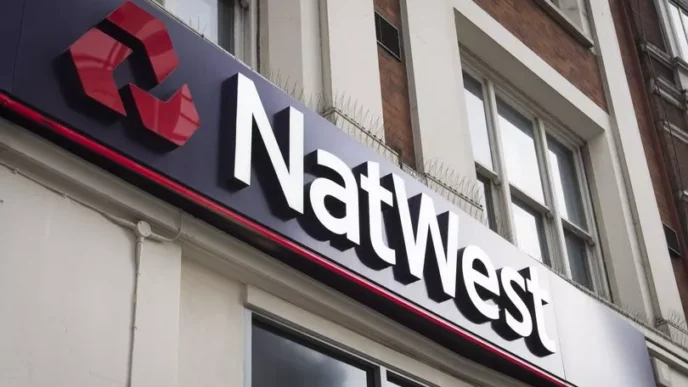French authorities have detained three suspects believed to be behind last week’s daring art heist at the Louvre Museum in Paris, in what investigators are calling one of the most sophisticated museum thefts in recent history. The suspects were apprehended in coordinated raids between Paris and Marseille following a seven-day international manhunt that involved law enforcement agencies from France, Italy, Belgium, and Interpol.
The Louvre, the world’s most visited museum, has been targeted by criminals before, but rarely has an operation been executed with such precision and planning. The thieves bypassed laser motion sensors, disabled a section of the alarm system, and escaped within minutes—leading investigators to believe the heist involved professional art criminals backed by an international trafficking network.
A Theft That Shocked the Art World
The stolen artwork—still not publicly identified by French authorities—was taken from a restricted preservation wingof the Louvre currently closed to the public. Investigators hinted that the stolen item was a Renaissance-era piece of “exceptional historical and cultural value.” Early reports suggest it may have been taken from a private wing storing works removed from display for restoration and insurance appraisal.
The theft took place in the early hours of last Monday when museum staff discovered a security breach in the Denon Wing, one of the Louvre’s most heavily guarded areas. Surveillance footage revealed three masked intruders wearing black tactical clothing who appeared to have intimate knowledge of the building’s security layout. They entered through a rarely used maintenance passage and cut alarms only in targeted zones—without interrupting the main system.
How Police Closed In
A breakthrough came when investigators found traces of thermite cutting residue on a damaged lock, a chemical compound used to slice through steel. Similar techniques were used in two past European art thefts linked to a now-disbanded Balkan crime syndicate. Interpol flagged the pattern, and surveillance expanded across Mediterranean smuggling routes.
French police traced the suspects through burner phones and suspicious vehicle rentals. On Friday, authorities raided an apartment in Aubervilliers outside Paris, detaining two suspects. A third suspect—believed to be the mastermind—was captured near Marseille attempting to flee by boat toward Corsica, a well-known transit hub for smuggled goods.
Authorities have not yet released the suspects’ identities but confirmed they include a 42-year-old Serbian national, a French-Algerian logistics expert, and a former museum security contractor who resigned from his position at the Louvre two months ago.
Artwork Still Missing
Despite the arrests, the stolen artwork has not been recovered. Police believe it has already entered the black market art trade and may have been transferred to a private collector or hidden in a freeport—high-security storage facilities often used to shield art from taxes and authorities.
“These individuals are part of a larger network. Recovering the artwork is now our top priority,” said Bruno Joly, spokesperson for the French anti-organized crime unit. Investigators are now working with Swiss customs officials and Italian Carabinieri’s art crime division, who specialize in recovering stolen cultural property.
Musems Under Threat
The incident has reignited debate over museum security and the global surge in high-value art crime. The black market for stolen art is estimated to be worth up to $6 billion annually, and stolen pieces often vanish for decades before resurfacing in discreet auctions or estate transfers.
Security experts warn that high-profile museums remain vulnerable. “The public assumes that major museums are impenetrable,” said London-based cultural security analyst Dr. Eliza Hartmann. “But professional art thieves don’t break in—they use knowledge, access, and timing. This was not a smash-and-grab. This was a military-grade operation.”
Louvre Responds
In a public statement, Louvre Director Laurence des Cars acknowledged the alarming breach but assured the public that the museum remains secure and open. “This was a targeted criminal act against cultural heritage. We will cooperate fully with authorities to ensure the safe return of the artwork.”
Security protocols at the Louvre have since been intensified, with infrared sweeps, expanded internal surveillance, and round-the-clock patrols added across restricted zones.
Investigation Continues
Authorities believe as many as seven individuals were involved in the heist and four remain at large, including suspected intermediaries linked to underground art brokers. International arrest warrants have already been issued.
As the investigation expands across Europe, one pressing question remains unanswered: Who ordered the theft—and why?
French prosecutors now suspect the robbery may have been a commissioned heist, orchestrated by a wealthy private collector seeking to acquire a masterpiece off-market. If true, the case could expose one of the most secretive corners of global wealth—the private art underworld, where trophies are traded in secrecy beyond legal reach.






